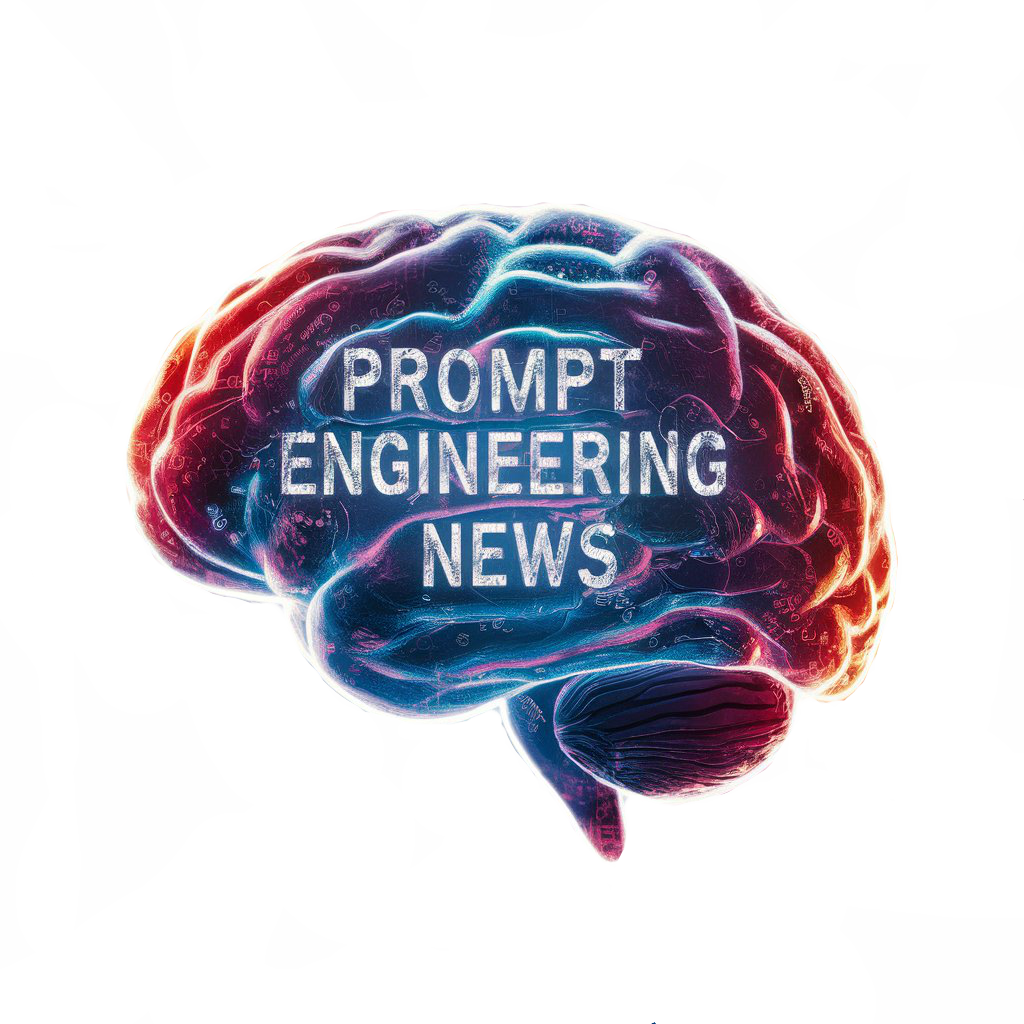AI agents, also known as intelligent agents, are software entities that can perceive their environment, make decisions, and act autonomously to achieve specific goals. These agents leverage artificial intelligence technologies, such as machine learning, natural language processing, and computer vision, to interact with users, automate tasks, and provide intelligent responses. In this article, we will explore the applications, pros and cons, development process, and existing examples of AI agents.

Applications of AI Agents:
AI agents are used across various domains and industries for a wide range of applications, including:
- Customer Service: AI agents are deployed as chatbots to provide instant customer support, answer queries, and assist users in real-time.
- Personal Assistants: AI agents like Siri, Google Assistant, and Amazon Alexa help users with tasks, reminders, schedules, and information retrieval using natural language processing.
- Healthcare: AI agents are utilized for medical diagnosis, patient monitoring, personalized treatment recommendations, and virtual health assistants.
- Finance: AI agents automate trading, fraud detection, risk assessment, portfolio management, and customer service in the financial sector.
- Smart Homes: AI agents control IoT devices, adjust settings, and respond to voice commands to enhance home automation.
Pros and Cons of Different AI Agents:
- Pros:
- Enhance efficiency and productivity.
- Provide personalized experiences.
- Enable 24/7 availability.
- Improve decision-making through data analysis.
- Cons:
- Privacy concerns related to data collection.
- Potential biases in decision-making.
- Reliability and accountability issues.
- Limited understanding of complex contexts.
Creating AI Agents:
Developing AI agents involves designing algorithms, training models, and integrating them into software applications. The process includes:
- Data Collection and Preprocessing: Gathering and preparing data to train AI models.
- Model Selection and Training: Choosing suitable algorithms and training models using supervised or unsupervised learning approaches.
- Integration: Incorporating the AI agent into the target application or platform.
- Testing and Deployment: Evaluating the agent’s performance, addressing errors, and deploying it for real-world use.
Development Tools for AI Agents:
Popular developer tools for creating AI agents include:
- TensorFlow: An open-source machine learning library developed by Google for building and training AI models.
(Website: TensorFlow) - PyTorch: A deep learning framework maintained by Facebook AI Research for developing AI applications.
(Website: PyTorch) - Dialogflow: A conversational AI platform by Google Cloud for building chatbots and virtual agents.
(Website: Dialogflow)
Existing Examples of AI Agents and Development Platforms:
- Siri: Apple’s virtual assistant powered by AI technology, available on Apple devices.
- IBM Watson: A cognitive computing platform by IBM that offers AI-powered solutions for various industries.
- OpenAI: A research organization that develops AI agents and tools for natural language processing and reinforcement learning.
(Website: OpenAI)
In conclusion, AI agents play a vital role in transforming industries, enhancing user experiences, and automating tasks. While they offer numerous benefits, such as efficiency and personalization, they also pose challenges related to privacy, bias, and reliability. By leveraging the right development tools and techniques, developers can create innovative AI agents that cater to diverse needs and deliver value to users.



